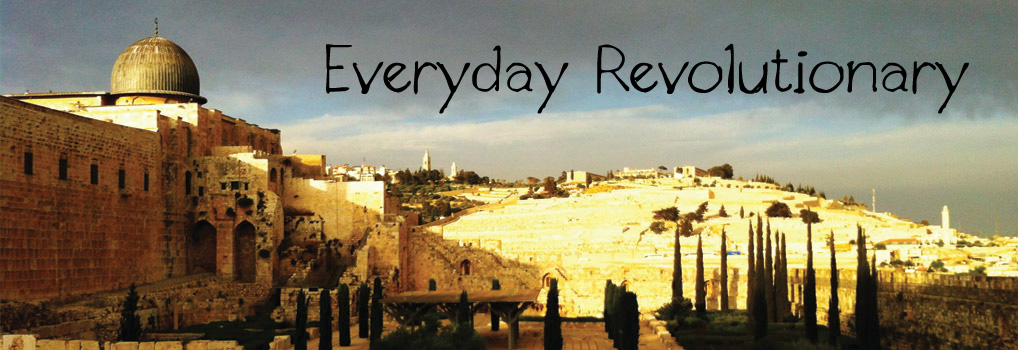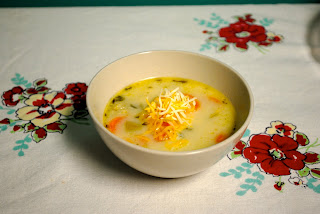This week: The Da Vinci Code.
No, not the cheesy movie in which Tom Hanks sports a really nasty hairdo and Gandalf plays the bad guy.
But the actual book, by Dan Brown. The New York Times best-selling novel which sold millions of copies and shook the faith of millions more. I was one of them.
Several years ago, I was at the end of a tour of Europe with my family, and we made one last stop for food and souvenirs at Charles de Gaulle airport in Paris before our flight home. I was around 17 years old.
Perusing the books at the kiosks in the wide open glassy airport brimming with light, I found a small stand of books, on which was perched a drab copy of The Da Vinci Code, complete with a partial portrait of Mona Lisa peeking from behind a matrix of obscure hieroglyphic symbols.
I devoured the book on the eight-hour flight home, and was immediately troubled.
The Da Vinci Code has a way of blurring the lines between truth and fiction. Sure, books like the Gospel of Judas and the mysterious Gospel of Mary exist, but their interpretation is confusing at best--many of the "claims" made in the novel are in fact fanciful conclusions drawn from scant historical evidence. But controversy sells--especially in an America that devours any and all shock out of sheer boredom--and it sucked me right in.
Not long after finishing the book, I began my quest to "prove The Da Vinci Code wrong." I pored over Christian self-help books that blasted the novel, and found that in most cases the authors hadn't even read the book, or if they had, they misquoted it or got their facts wrong. One book I read even reported the author of the novel as Dave Brown, leaving me to wonder about the competence of his editors. It was a war of Christian pop culture, and The Da Vinci Code was kicking CPC's butt. This--to me--represents a huge problem in contemporary Christian culture: an unwillingness to get our hands dirty. Truth doesn't always lie around on the surface--sometimes it takes a lot of digging to find a tiny nugget.
My senior year of high school, I bought another book by biblical scholar Bart D. Ehrman, whom--I learned later--is renowned for his cynicism and harsh criticism of Christianity. The book was Truth and Fiction in the Da Vinci Code, a veritable comprehensive summation of the history of the early church, and it introduced me to the world of biblical scholarship.

While Ehrman is by no means an apologist for the Christian faith (originally raised as a charismatic Pentecostal, he has since become a self-described agnostic), in Truth and Fiction the author condenses hundreds of years of complicated church history into laymen's terms, and backs up his views with ample sources. After several years of research launched by the reading of this book, I've since come to marvel at people who still cling to the claim that a historical Jesus of Nazareth never existed.
Ehrman's book intrigued me so much that I immediately enrolled in a New Testament Lit course my first semester of college. The class was taught by a short, white-haired Episcopal Bible scholar who--somewhat ironically--had the exact same condition as the disabled Leigh Teabing (spoiler alert--the villain) in Brown's novel, for which reason the professor could hardly stand the mention of the book. He hobbled into class on crutches some days, and on others drove right into the auditorium on a little battery-operated scooter before perching himself on a high stool and droning on about redaction criticism and sitz im leben for nearly three hours each week.
But the man was brilliant, and encouraged me (perhaps without knowing it) to pursue Biblical scholarship, which has ultimately led to my application and acceptance to Central Baptist Theological Seminary.
Not all roads follow the same path I've taken. Not everyone is cut out for seminary. But then again, I think many seminarians misunderstand their own "pursuit of Biblical knowledge." It becomes too much about knowing more and more and more, and less about getting closer and closer to God. My friend Matt from North Carolina once told me of his decision to enter seminary, "Joshua, seminary doesn't necessarily have to be a calling; Jesus tells us to 'Love the Lord your God with all your heart and with all your soul and with all your mind and with all your strength.' Seminary shouldn't be about personal accolades, but should be about loving God with your mind." I've never before nor since heard anyone better sum up my desire for a seminary education.
Over the course of five years, I have come to systematically disregard many of the claims presented in The Da Vinci Code. Looking back, I'm amazed that my first thought wasn't immediately, Come on, Joshua, it's FICTION. But reading The Da Vinci Code--and I'm not sure this is exaggeration--very likely altered the course of my life because it "got me to thinking," which eventually led to me thinking for myself. I would highly encourage my brothers and sisters in Christ to do the same. So here's to you, Da Vinci Code. Perhaps I would never have applied for seminary if not for your cheap-thrilly-goodness.
I still have my copy of the novel, swollen and wrinkled by moisture and time. It sits on my shelf as a reminder that any time you deal with humanity, stories will get twisted, and sometimes as Christians we are left with the obligation to dig a little deeper to find truth--whether it's in the Bible or a cheap paperback novel you find in a wide open glassy airport brimming with light.
I still have my copy of the novel, swollen and wrinkled by moisture and time. It sits on my shelf as a reminder that any time you deal with humanity, stories will get twisted, and sometimes as Christians we are left with the obligation to dig a little deeper to find truth--whether it's in the Bible or a cheap paperback novel you find in a wide open glassy airport brimming with light.




